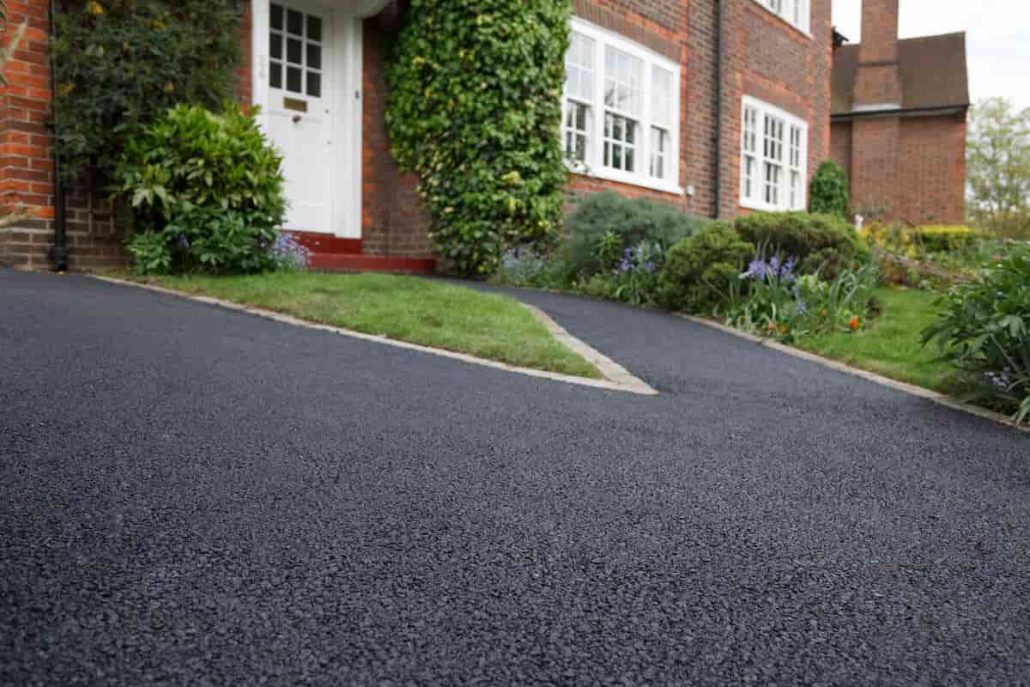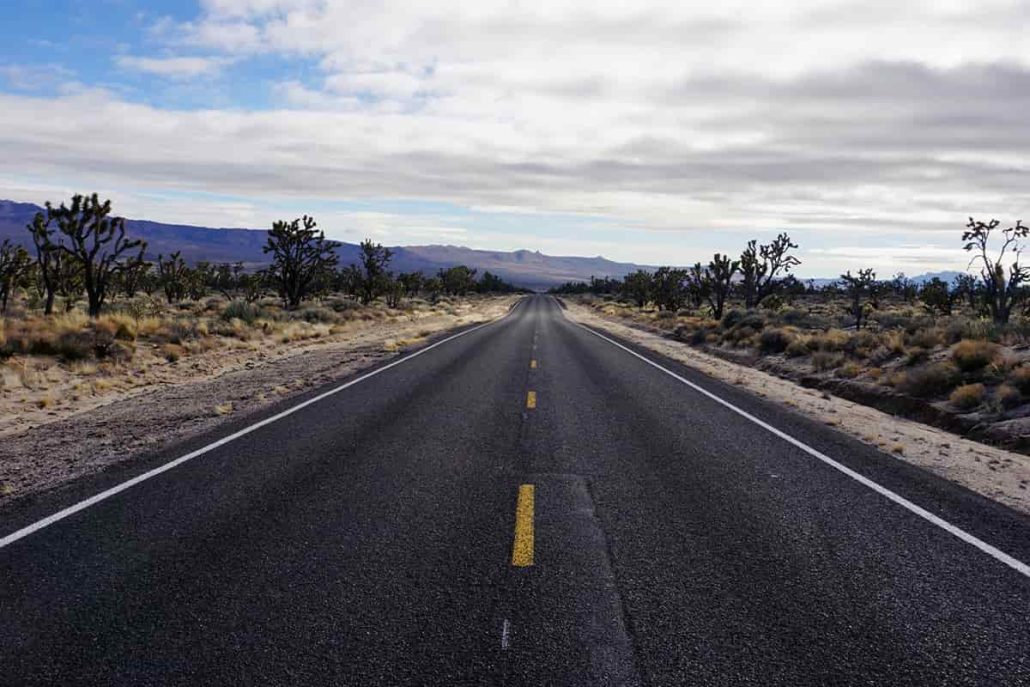Asphalt, often known as tarmacadam, along with bitmac and tarmac are all types of surfacing materials. They have a wide range of applications in both residential and business settings, including roadways, driveways, parking lots, and more. Although there is a difference between them, There are positive aspects to each and every type of surface material. Tarmacadam, often known as bituminous macadam or " Bitmac " for short, is commonly believed to be the least expensive technique for surfacing a driveway or forecourt. However, for smaller areas, it can work out to be fairly pricey, and the red tarmacadam can sometimes be more expensive than block paving. Although it is technically wrong, the word "tarmacadam" has become very common and is used to refer to both bitmac and asphalt, which are both used to surface pavements, highways, and even indoor floors. The material that is commonly referred to as Tarmac is actually called Tarmacadam, which is a combination of the words "tar," which refers to a black, sticky organic substance that is used as a binder, and "macadam," which is a type of surfacing or road construction that refers to the use of layers of compacted stone and was named after its inventor, John Louden McAdam.

Tarmacadam is the full name of the material that is commonly referred to as Tar The mixture of tar and aggregate or crushed stone particles that makes up tarmac is called tarmacadam. An aggregate that has been coated with a binder, typically bitumen (hence the term "bituminous macadam"), is the fundamental building block of all macadams. Asphalts are a mixture of asphaltic cement or mortar (which is typically a bitumen with fine aggregates like sands and grits) and some coarser aggregate, such as gravel or crushed rock. Asphalts are typically used for paving roads and parking lots. The distinction between open-graded and closed-graded macadams is the most important distinction between the two types of macadams; other factors, such as aggregate size and pen grade, are also important (aka Dense). It is possible for water to pass through open graded macadam since it is made of aggregate and has very little fines. Because it can be worked with for an extended period of time even when the temperature is lower, it is a material that is frequently used for hand-laid base courses. The percentage of fines in dense macadam is significantly higher than average (material of 3mm or less). Because of this, it is frequently considered to be an impermeable material, and due to the finish's more compact appearance, it is frequently used for wearing courses or surface courses.

In the medium to long term, the look of the surface will be affected by the choice of aggregate that is used. When macadam is originally laid down, it almost always has a tendency to look pitch black. This is primarily due to the fact that the bitumen binder coats all of the aggregate, which gives the appearance that the aggregate is black. When the surface is driven on, the bitumen on the surface is abraded and weathered, which exposes more and more of the bare aggregate composition and may disclose a new color. This process continues as long as the surface is driven on. The tar component of tarmacadam is replaced with bitumen in the more up-to-date construction material known as bitmac. What makes bitmac, tarmac, and asphalt all distinct from one another? There is a lot of overlap between bitumen and tar, to the point where it is not uncommon for people to refer to bitumen as tar and vice versa. On the other hand, there exist distinctions between the two substances. Bitumen can be found in its natural state, but tar must be intentionally distilled and can come from coal, petroleum, or wood in addition to being sourced from nature. The most common application for bitmac in the construction of road surfaces is as a basecoat or base layer. It is not as long-lasting as the more expensive asphalt, typically only lasting between 10-15 years as opposed to asphalt's lifespan of 25-30 years.

On the other hand, it is frequently utilized as a top layer for the surface of driveways on residential properties, which are not subjected to the same volume of traffic as an interstate highway, a public road, or a parking lot. In general, all bitmac should be machine-laid by a paver machine, with the exception of situations in which the use of a paver would be impracticable or impractical. Small places, limited spaces, and pathways are examples of exceptions to this rule. Some private driveways also fall into this category. When it comes to private works, the contractor is the one who will determine which laying method is the most appropriate to apply. The majority of the time, the finish that can be produced with machine-laid bitmac is significantly superior to the finish that can be reached with hand-laid material. Bitmac is easily recognizable because it has the appearance of course, tightly packed stones or aggregate, in contrast to the smoother finish of asphalt. This material is typically black in color. The term "Blacktop" can also be used to refer to several various types of surfacing. The longevity of asphalt is superior to that of bitmac. In contrast to bitmac, which may only be usable for up to 15 years at most, it has a lifespan of somewhere between 25 and 30 years. The top layer of surfacing in applications such as roads, highways, and other commercial and residential surfaces typically consists of asphalt because of its long-lasting nature. Other layers may also be included. The components that makeup asphalt is the binder, the aggregates, and the filler. However, unlike Bitmac, asphalt employs finer stones, which results in a smoother surface.

Bitumen is usually used as the binder in asphalt, much like it is used in Bitmac. After that, a coarser stone might be added to the asphalt in order to give a decorative impression. One example of this would be FP McCann's red chip or black chip asphalt, which is commonly used for the surfacing of driveways. Stone mastic asphalt, sometimes known as SMA, is an additional type of surface material. This material is asphalt that has had fibers added to it in order to increase its already impressive resilience. The question now is, what exactly differentiates bitmac from tarmac and asphalt? The use of bitmac, which is composed of bitumen rather than tar, has recently surpassed that of tarmacadam. It has a lifespan of 10-15 years and is cheaper than asphalt, but its durability is inferior to that of asphalt. It is better suited to be used as a bottom layer in commercial surfacing, but it is possible to put it to use in places with lesser traffic volume, such as residential driveways. The lifespan of asphalt is between 25 and 30 years. It is more expensive than bitmac, but it is also more long-lasting, and as a result, it is suitable for commercial surface tasks such as roads and car parks, in addition to the fact that it may be used for residential buildings. If you are not sure which pavements to use, feel free to contact us. Our professional sales executives are ready to answer all your questions and guide you with the necessary information.
